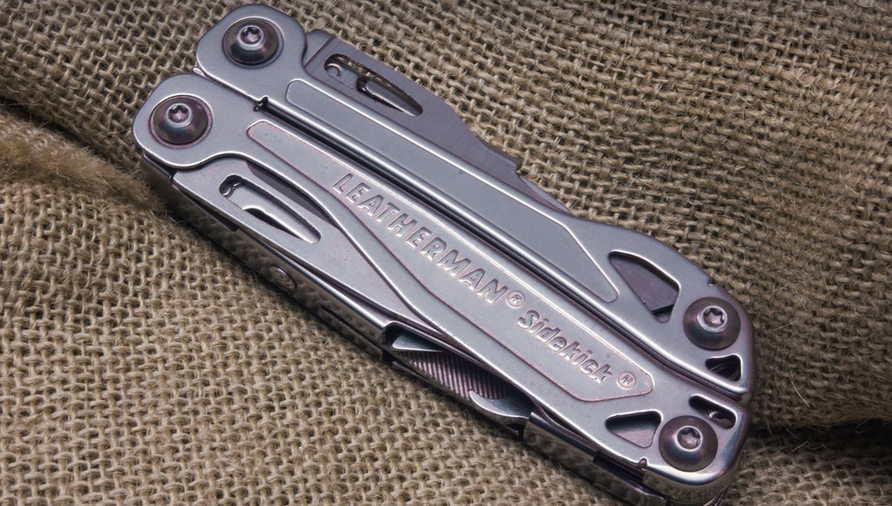
Thermal Dynamics Plasma Cutter Troubleshooting: A Comprehensive Guide
Understanding the Basics
Plasma cutters are powerful tools that have revolutionized cutting applications across various industries. Their ability to melt through materials with incredible precision and speed has made them indispensable for tasks ranging from metal fabrication to automotive repairs. However, even these robust machines can encounter issues, and understanding how to troubleshoot common problems can significantly improve your productivity and prevent costly downtime.
Common Problems
Thermal Dynamics plasma cutters are known for their reliability, but like any machine, they’re prone to occasional hiccups. Here are some of the most frequent issues you might encounter:
- Plasma Arc Instability: This refers to erratic arcs that struggle to maintain a stable and consistent stream of plasma. It can result in poor cuts or incomplete material removal.
- Power Supply Issues: A faulty power supply can throw off the entire cutting process, leading to inconsistent cut quality and even potential damage to the machine.
Troubleshooting Steps
Addressing these problems requires a systematic approach. Follow these steps to identify the root cause of your issues:
- Check the Gas Supply: A properly functioning gas supply is crucial for plasma arc stability and cutting efficiency. Ensure your flow regulators are correctly set, and check for leaks in any connections.
- Inspect the Consumables: The electrode and shielding gases are vital components that affect the quality of cuts. Make sure they’re not worn down or damaged. Inspect them regularly to ensure optimal performance.
- Clean the Electrode: A dirty electrode can negatively impact the arc stability. Regularly clean it using a special cleaning solution designed for plasma cutters. This simple step can significantly improve cutting quality and efficiency.
Once you’ve addressed these initial steps, delve deeper into more specific troubleshooting. Remember to always consult your machine’s comprehensive manual as a guide for your particular model.
Advanced Troubleshooting
With the basics covered, let’s explore more in-depth troubleshooting methods:
- Troubleshooting the Arc Instability: If you are encountering arc instability, check the pressure regulator settings to ensure they’re within the recommended range. Adjust the electrode gap for a stronger arc. Be sure the gas nozzle is properly aligned and pointed at the material to be cut.
If you’ve done all of these steps, your machine may require further technical assistance. You can reach out to Thermal Dynamics’ customer support team or consult with a qualified welding engineer for professional troubleshooting.
Safety First!
Remember, working with plasma cutters requires utmost safety precautions. Always wear personal protective equipment (PPE) including heat-resistant gloves, eye protection, and appropriate clothing to avoid burns, sparks, and fumes. Ensure all electrical connections are secure before starting the machine.
If you’re not comfortable troubleshooting your Plasma Cutter on your own, don’t hesitate to call in a professional. A qualified technician can safely and efficiently diagnose and repair any issues. This will ensure optimal performance of your plasma cutter while minimizing potential safety hazards.
Conclusion
Troubleshooting thermal dynamics plasma cutters is an integral part of operating this equipment effectively. By understanding the basics, identifying common problems, and following the proper troubleshooting steps, you can optimize performance and prolong the life of your machine. Remember to prioritize safety and seek expert help when needed.